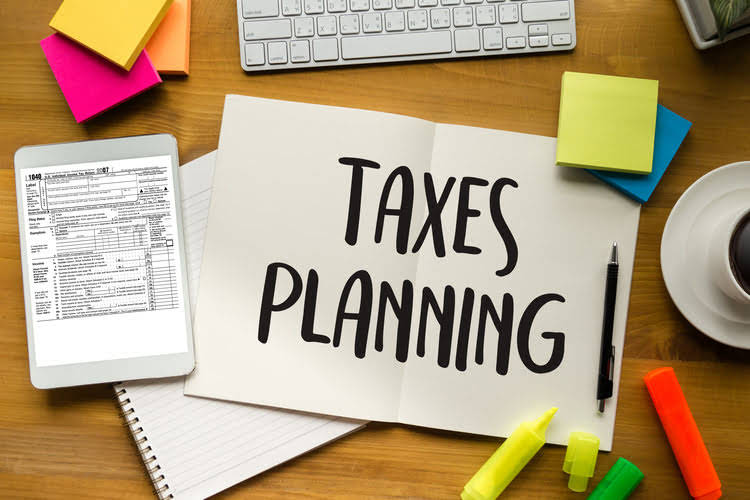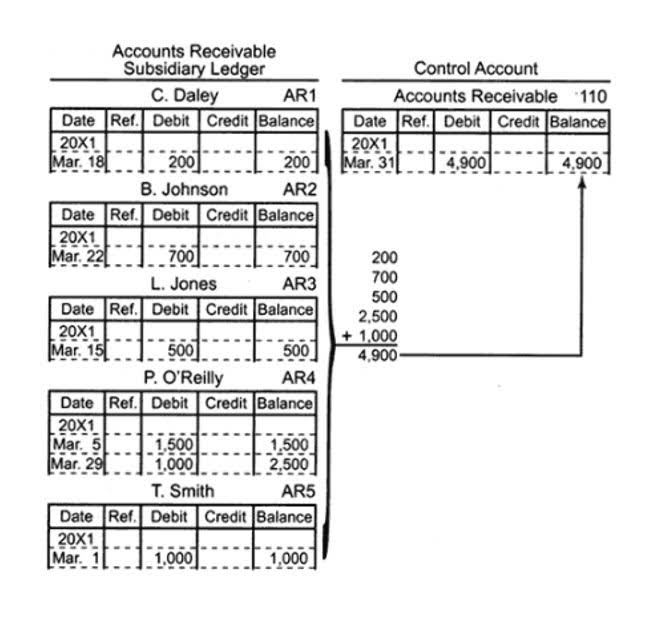Balance Sheet Definition & Examples Assets = Liabilities + Equity

Bench simplifies your small business accounting retained earnings on balance sheet by combining intuitive software that automates the busywork with real, professional human support. Get instant access to video lessons taught by experienced investment bankers. Learn financial statement modeling, DCF, M&A, LBO, Comps and Excel shortcuts. CFI is the global institution behind the financial modeling and valuation analyst FMVA® Designation.
FAQs About Retained Earnings Calculation
Valuation techniques like discounted cash flow (DCF) analysis or relative valuation (comparing to similar companies) are more commonly used. This situation, often called an accumulated deficit, occurs when a company has incurred cumulative losses exceeding its cumulative profits. Equity may be in assets such as buildings and equipment, or cash. The most liquid of all assets, cash, appears on the first line of the balance sheet. Companies will generally disclose what equivalents it includes in the footnotes to the balance sheet. The balance sheet outlines all of the assets, equity, and liability of an organization.
Growth Potential
If negative equity is prolonged, the result is balance sheet insolvency. However, if any business experiences a downturn in its ratio over time, this will portray that the company is having problems maintaining or increasing its profitability from its operations. It can also mean that it is paying off a lot of dividends to the equity holders reinvesting profits. If the ratio is 1 or higher, the company has enough cash and liquid assets to cover its short-term debt obligations.
- In that case, they’ll look at your stockholders’ equity in order to measure your company’s worth.
- For the past 52 years, Harold Averkamp (CPA, MBA) has worked as an accounting supervisor, manager, consultant, university instructor, and innovator in teaching accounting online.
- The prior period balance can be found on the opening balance sheet, whereas the net income is linked to the current period income statement.
- Find out how this alternative financing method works, with its many advantages.
- As you can see, Acme Manufacturing’s liquidity shows over $2.00 available in current assets for every dollar of short term debt – this is acceptable.
- She supports small businesses in growing to their first six figures and beyond.
Example of a Classified Balance Sheet
Usually, retained earnings consists of a corporation’s earnings since the corporation was formed minus the amount that was distributed to the stockholders as dividends. In other words, retained earnings is the amount of earnings that the stockholders are leaving in the corporation to be reinvested. Up-to-date financial reporting helps you keep an eye on your business’s financial health so you can identify cash flow issues before they become a problem. Your retained earnings account on January 1, 2020 will read $0, because you have no earnings to retain. The decision to retain earnings or to distribute them among shareholders is usually left to the company management.
What Are Net 30 Payment Terms? Should You Use Them?
A current ratio of 2.00, meaning there are $2.00 in current assets available for each $1.00 of short-term debt, is generally considered acceptable. Similar to the Income Statement, Acme manufacturing’s Balance sheet (seen below) can be assessed through a variety of ratios and functions. While credit decisions should not be based on the analysis of a balance sheet or income statement alone, it does offer insight to show general business health. They simply increase the number of outstanding shares and reduce the par value per share proportionally. Stock repurchases, where a company buys back its own shares, generally reduce retained earnings. The repurchase price is usually debited from retained earnings and credited to treasury stock (a contra-equity account).

Components of the Balance Sheet and What They Can Tell Us

When these amounts accumulate for several periods, they go to the retained earnings account. However, these amounts only include profits not paid to shareholders in previous periods. A classified balance sheet enhances comparability by organizing assets, liabilities, and equity into consistent categories such as current and noncurrent items. This standardized structure allows investors and analysts to compare financial statements Debt to Asset Ratio across different periods or companies.
- The retained earnings of a company are the total profits generated since inception, net of any dividend issuances to shareholders.
- Intangible assets are things that represent money or value, such as accounts receivables, patents, contracts, and certificates of deposit (CDs).
- Shareholders of Apple Inc. approve the dividend declared by the board of directors amounting to 100,000.
- In the above formula, companies may either have profits or losses during a period.
- For example, a positive change in plant, property, and equipment is equal to capital expenditure minus depreciation expense.
- Retained earnings are reported as a component of shareholders’ equity on the balance sheet.
- Alternatively, a large distribution of dividends that exceed the retained earnings balance can cause it to go negative.
Undistributed earnings are retained for reinvestment back into the business, such as for inventory and fixed asset purchases or paying off liabilities. A negative balance in the retained earnings account is called an accumulated deficit. Cash payment of dividends leads to cash outflow and is recorded in the books and accounts as net reductions. As the company loses ownership of its liquid assets in the form of cash dividends, it reduces the company’s asset value on the balance sheet, thereby impacting RE. Retained earnings accumulate all profits and losses from when a company starts operating. However, it also deducts dividends from those amounts before reporting them on the balance sheet.
- Retained earnings being low indicates that much of the company’s profits are paid out to shareholders in dividends.
- Still, shareholder equity alone is not a definitive indicator of a company’s well-being.
- Another unique account is Accumulated Depreciation—a contra-account.
- It would also be helpful to read the Notes to Consolidated Financial Statements included in the 10-Ks supplied to the U.S.
- Samsung Inc. earned a net profit of 500,000 during the accounting period Jan-Dec 20×1.
- Similar to the Income Statement, Acme manufacturing’s Balance sheet (seen below) can be assessed through a variety of ratios and functions.
Applications in Financial Modeling
One way to assess how successful a company is in using retained earnings is to look at a key factor called retained earnings to market value. It is calculated over a period (usually a couple of years) and assesses the change in stock price against the net earnings retained by the company. Revenue is the money generated by a company during a period, but before operating expenses and overhead costs are deducted.
- Working capital is a measure of a company’s short-term liquidity and is calculated as current assets minus current liabilities.
- Similarly, any of these obligations that companies must repay within 12 months are current liabilities.
- Every period, a company may pay out dividends from its net income.
- Understanding total liabilities and equity is essential for evaluating a company’s financial position.
- You can find the beginning retained earnings on your balance sheet for the prior period.

Retained earnings are recorded under shareholders’ equity, showing how these earnings can be used as a tool to generate growth. That’s your beginning retained earnings, profits or losses for the period, and your dividends paid. And while that seems like a lot to have available during your accounting cycles, it’s not. At least not when you have Wave to help you button-up your books and generate important reports. How much net income a business has is down to the amount of generated gross profit and the fiscal burden of expenditures, including taxes, dividends, and other such costs. The more a company makes and the less they have to pay, the more net income they have Accounting Periods and Methods to play with.
